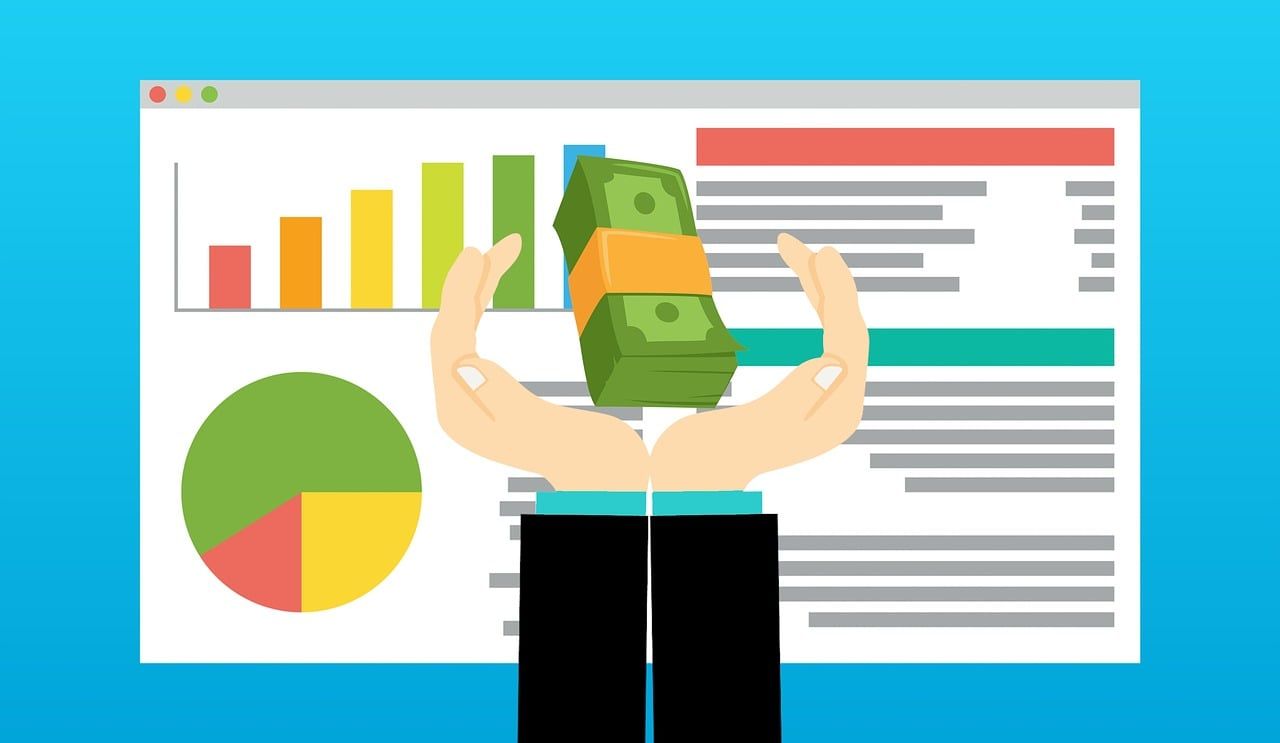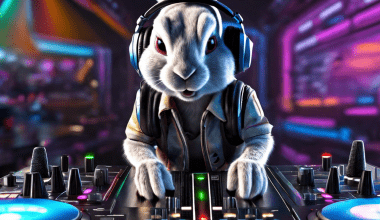Understanding how royalties are calculated by digital platforms is crucial for musicians, producers, and copyright holders aiming to monetize their music online. In the age of digital media, knowing the intricacies of royalty calculation can significantly impact your revenue streams. This guide aims to demystify the process, explaining the factors that influence how royalties are computed and providing tips on maximizing your potential earnings.
The Basics of How Music Royalties are Calculated
What are Music Royalties?
Music royalties are payments that rights holders receive whenever their music is played, performed, or used commercially. These royalties are a vital income source for artists, songwriters, and producers, compensating them for the use of their creative works.
Types of Music Royalties
- Mechanical Royalties: Paid when a song is reproduced, downloaded, or streamed.
- Performance Royalties: Generated when a song is played publicly, including on radio stations, music channels, and live venues.
- Synchronization Royalties: Earned when music is used in film, television, advertisements, and other visual mediums.
- Print Music Royalties: Arise from the sale of printed music.
How Music Royalties are Calculated by Digital Platforms
Understanding the Music Royalty Calculation Formula
The formula for how music royalties are calculated often involves several key factors:
- Stream Count: The total number of times a track has been played.
- Revenue Generated: Total revenue the platform earns from advertisements and subscriptions.
- Artist’s Share: Predetermined percentage of revenue allocated to rights holders based on contractual agreements.
The Role of Copyright Ownership in Music Royalties
Copyright ownership significantly affects royalty distribution. Owners of the music rights—whether they are songwriters, composers, or publishers—have legal claims to royalty payments, which are often split according to ownership percentages.
Factors Affecting Music Royalty Payments
User Subscription Plans
Streaming Platforms like Spotify, Apple Music, and Amazon Music offer various subscription models, including free ad-supported tiers and premium subscriptions. The type of subscription can affect the royalty rate, with premium plans generally contributing to higher per-stream payouts.
Geographical Variations
Royalty payments can vary by country due to differences in subscription costs, user base size, and local advertising rates. Additionally, exchange rates may influence the earnings from different regions.
Agreements with Record Labels
Record labels negotiate specific terms with streaming platforms, which can include minimum guarantees, advances, and royalty rates. These agreements directly impact the calculation and distribution of royalties to artists and producers.
Detailed Breakdown of How Music Royalties are Calculated by Top Platforms
Spotify’s Royalty Calculation
Spotify uses a “pro-rata” system where total revenue is pooled and then distributed based on the share of total streams an artist accounts for. This section explains the nuances of Spotify’s model, including factors like territorial differences and user plan types.
Apple Music’s Royalty Model
Unlike Spotify, Apple Music does not offer a free tier, which generally allows for higher royalty payouts. This segment explores how music royalties are calculated by Apple Music and distributes them to artists.
Maximizing Your Music Royalties from Digital Platforms
Effective Strategies for Artists
- Engage with Your Audience: Building a strong listener base can lead to more streams and, consequently, higher royalties.
- Release Music Consistently: Frequent releases can keep your audience engaged and increase your music’s visibility and streams.
- Utilise Multiple Platforms: Distributing your music across several platforms can maximise exposure and diversify income sources.
Understanding and Negotiating Your Contracts
Artists should seek to understand and, where possible, negotiate their streaming contracts, focusing on terms like royalty percentages and advances.
Conclusion
Navigating the complex landscape of music royalties is crucial for artists looking to optimize their earnings. By understanding how royalties are calculated and what factors affect these calculations, artists can better position themselves to benefit from their creative outputs.
For additional resources on music marketing and distribution, visit Deliver My Tune.






